Precautions When Using A Microscope?
When using a microscope, it is important to handle the equipment with care to avoid damage. Always clean the lenses before and after use to ensure clear visibility. Additionally, make sure to adjust the light intensity to prevent eye strain and to obtain a clear image. When focusing, use the coarse adjustment knob first and then the fine adjustment knob for precision. Finally, always carry the microscope with two hands to prevent dropping or mishandling.
1、 Proper handling and care

Precautions when using a microscope include:
1. Proper cleaning: Ensure that the microscope lenses and slides are clean and free from dust and debris to prevent distortion and interference with the viewing process.
2. Avoiding direct contact with lenses: Handle the microscope with care and avoid touching the lenses with fingers or any other objects to prevent smudging or scratching, which can affect the quality of the images.
3. Using appropriate lighting: Avoid exposing the microscope to direct sunlight or intense light sources, as this can damage the lenses and affect the accuracy of the observations.
4. Securing the microscope: Ensure that the microscope is placed on a stable and level surface to prevent accidental falls or damage.
5. Proper storage: Store the microscope in a clean and dry environment, away from dust and moisture, and cover it when not in use to prevent damage to the lenses and other delicate components.
6. Regular maintenance: Follow the manufacturer's guidelines for regular maintenance and servicing to ensure the microscope functions optimally and to extend its lifespan.
The latest point of view emphasizes the importance of proper disinfection and hygiene practices when using microscopes, especially in shared or public settings. This includes cleaning and disinfecting the microscope and its accessories before and after each use to prevent the spread of germs and ensure a safe and hygienic environment for users. Additionally, it is important to follow any specific guidelines or protocols provided by the relevant authorities or institutions to ensure the safe and effective use of microscopes in various settings.
2、 Cleaning and maintenance

Precautions when using a microscope:
1. Handle with care: Microscopes are delicate instruments, so it's important to handle them with care to avoid damage. Always carry them with two hands and avoid bumping or dropping them.
2. Use proper lighting: Improper lighting can strain your eyes and affect the quality of the images. Ensure that the microscope is placed in a well-lit area and adjust the light intensity as needed.
3. Clean slides and lenses: Before using the microscope, make sure that the slides and lenses are clean and free of any debris or smudges. Use lens paper and lens cleaning solution to gently clean the lenses, and avoid using rough materials that could scratch the glass.
4. Avoid touching the lenses: Touching the lenses with your fingers can leave oils and smudges, which can affect the quality of the images. Always use the mechanical stage controls to move the slides and avoid touching the lenses directly.
5. Secure the microscope: Make sure the microscope is placed on a stable surface and properly secured to prevent it from tipping over or falling.
Cleaning and maintenance:
1. Regular cleaning: It's important to regularly clean the microscope to remove dust, dirt, and other contaminants that can affect its performance. Use a soft brush or compressed air to remove debris from the exterior and interior parts of the microscope.
2. Proper storage: When not in use, the microscope should be covered and stored in a clean, dry environment to prevent dust and dirt from accumulating on the lenses and other components.
3. Maintenance schedule: Follow the manufacturer's guidelines for regular maintenance, including lubrication of moving parts, alignment of the optics, and calibration of the microscope to ensure accurate results.
4. Inspection of components: Periodically inspect the microscope components such as the stage, condenser, and light source to ensure they are in good working condition. Replace any worn or damaged parts as needed.
5. Latest point of view: With the advancement of technology, some microscopes now come with digital components such as cameras and software for image analysis. It's important to follow the manufacturer's guidelines for cleaning and maintenance of these digital components to ensure their proper functioning and longevity.
In conclusion, taking precautions when using a microscope and following a regular cleaning and maintenance routine are essential for obtaining accurate and reliable results while prolonging the lifespan of the instrument.
3、 Avoiding direct contact with lenses

When using a microscope, it is important to take certain precautions to ensure the safety of both the user and the equipment. One of the key precautions when using a microscope is to avoid direct contact with the lenses. This is because the oils and debris from the skin can damage the delicate lenses and affect the quality of the images produced. It is important to handle the microscope with care and use lens paper or lens cleaning solution to gently clean the lenses when necessary.
In addition to avoiding direct contact with the lenses, it is also important to handle the microscope with clean hands and to keep the area around the microscope clean and free from clutter. This helps to prevent contamination of the lenses and ensures that the microscope functions properly.
Furthermore, it is important to use the appropriate magnification and lighting for the specimen being observed, as using the wrong settings can damage the specimen or the microscope itself. Additionally, it is important to store the microscope in a clean, dry environment when not in use to prevent dust and debris from accumulating on the lenses and other components.
From the latest point of view, it is also important to follow any specific guidelines provided by the manufacturer of the microscope, as different models may have unique requirements for safe and effective use. Regular maintenance and calibration of the microscope are also essential to ensure accurate and reliable results.
Overall, taking precautions when using a microscope is essential for maintaining the quality of the equipment and obtaining accurate results in scientific research, medical diagnostics, and other applications.
4、 Using appropriate lighting and magnification

When using a microscope, it is important to take certain precautions to ensure accurate and safe observations. One of the most important precautions is to use appropriate lighting and magnification. Proper lighting helps to illuminate the specimen and improve visibility, while the right magnification allows for detailed examination without straining the eyes.
In addition to this traditional precaution, the latest point of view emphasizes the importance of maintaining a clean and dust-free environment when using a microscope. Dust particles can interfere with the clarity of the image and may even damage the delicate components of the microscope. Therefore, it is essential to work in a clean and controlled environment, and to regularly clean the microscope and its components to ensure optimal performance.
Another important precaution is to handle the microscope and its components with care. Microscopes are delicate instruments, and rough handling can lead to misalignment or damage. It is important to use gentle movements when adjusting the focus or changing the slides, and to always store the microscope in a secure and stable location when not in use.
Furthermore, it is crucial to follow proper ergonomic practices when using a microscope to prevent strain or injury. This includes maintaining a comfortable posture, taking regular breaks, and adjusting the height and angle of the microscope to suit individual preferences.
By taking these precautions when using a microscope, users can ensure accurate and safe observations while also prolonging the lifespan of the instrument.











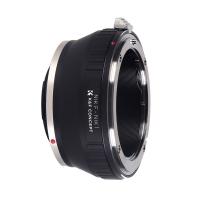

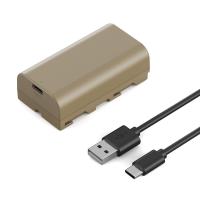
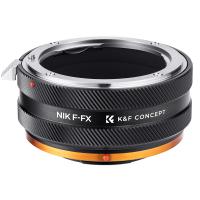
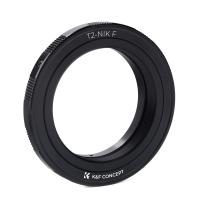



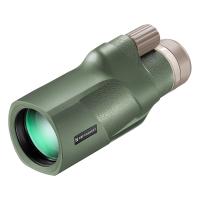
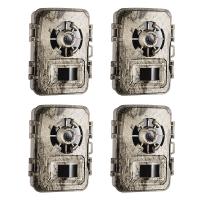
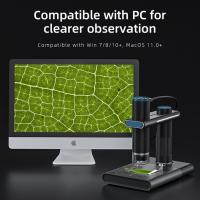


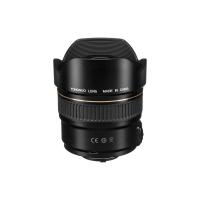


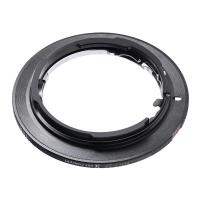
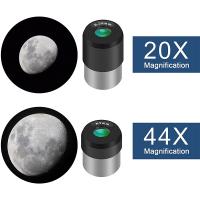
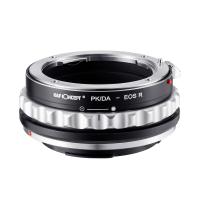
There are no comments for this blog.